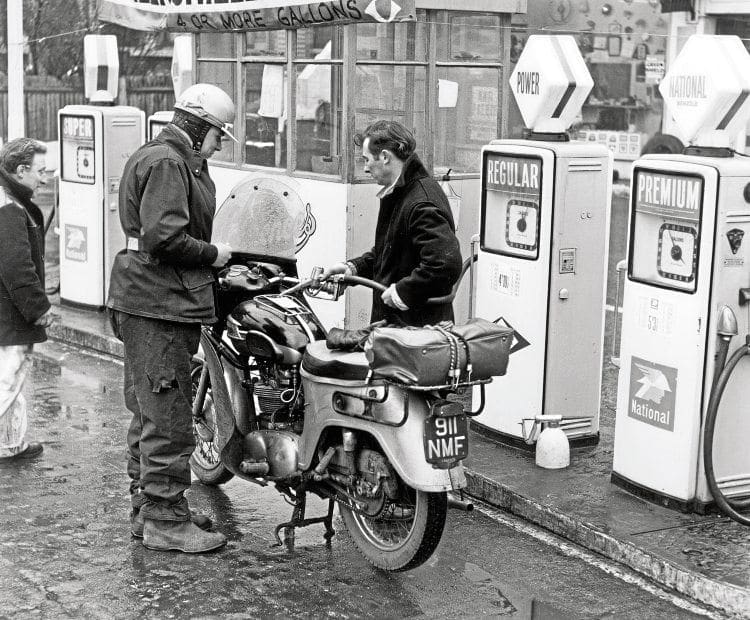Many of us have known that there are various problems that can occur when running a classic vehicle on modern fuel. Dave Manning looks for the facts behind the rumours.
When crude oil was first being refined to create kerosene for lamps, back in the 19th century, petroleum was something of a by-product with no real use. However, development of the internal combustion engine soon proved that light fuels – such as petroleum – worked best, and the demand for the ‘by-product’ soon rose above that for kerosene.

Essentially, the raw fluid that was pumped out of a hole in the ground was boiled in a refinery, with the fractional distillation process bringing about differing grades of product, with the ‘high end’ being gases and petroleum, then paraffin, diesel oil, lubricating oil, fuel oil and, at the very lowest end, tar.
After developments by Standard Oil in Indiana, which involved adding pressure to the distillation process in ‘thermal cracking’, the production of petroleum became much more efficient, thus supplying the automotive industry with the fuel that it so needed.
As demand for the heavier products of the distillation process reduced, ‘catalytic cracking’ was developed by Frenchman Eugene Houdry in the Thirties for Sunoco, which created more of the more desirable high end products from the heavier oils and tars. Interestingly, Houdry also helped develop catalytic converters in the Fifties.
Read more in the July 2018 issue of OBM – on sale now!





